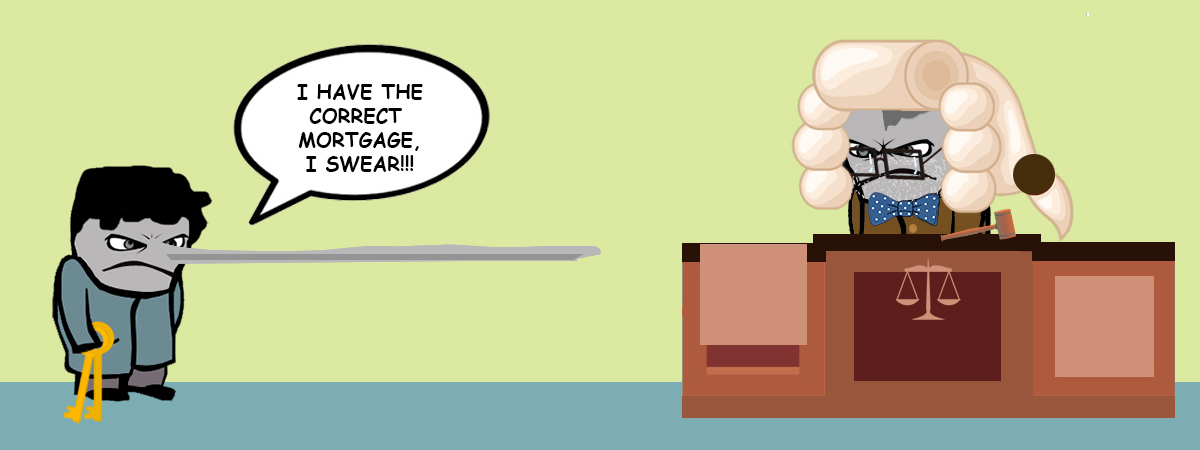Satisfying credit - All real estate and installment financial obligation payments need to have been made on time in the last 12 months; there disappear than 2 30-day late mortgage or installation payments in the previous 24 months, and there is no significant bad credit on revolving accounts in the last 12 months.
If no extenuating circumstances can be documented, the debtor may not certify at all or the loan provider may require a big amount of the primary limit (if available) to be taken into a Life Span Set Aside (LESA) for the payment of home charges (real estate tax, property owners insurance coverage, etc.).
The fixed-rate program includes the security of an interest rate that does not change for the life of the reverse home mortgage, but the rates of interest is typically greater at the start of the loan than an equivalent adjustable-rate HECM. Adjustable-rate reverse mortgages generally have rates of interest that can alter on a monthly or yearly basis within certain limitations.
The initial interest rate, or IIR, is the actual note rate at which interest accrues on the impressive loan balance on an annual basis. For fixed-rate reverse home loans, the IIR can never ever alter. For adjustable-rate reverse home mortgages, the IIR can change with program limits approximately a lifetime rates of interest cap.
The EIR is frequently different from the actual note rate, or IIR. The EIR does not identify the quantity of interest that accrues on the loan balance (the IIR does that). The overall pool of cash that a borrower can receive from a HECM reverse mortgage is called the primary limit (PL), which is calculated based upon the optimum claim quantity (MCA), the age of the youngest borrower, the expected interest rate (EIR), and a table to PL elements published by HUD.
The Best Strategy To Use For How Does Chapter 13 Work With Mortgages
Most PLs are normally in the range of 50% to 60% of the MCA, but they can in some cases be higher or lower. The table listed below provides examples of primary limits for numerous ages and EIRs and a residential or commercial property value of $250,000. Customer's age at origination Anticipated rate of interest (EIR) Principal limit factor (since Aug.
5% 0. 478 $119,500 65 7. 0% 0. 332 $83,000 75 5. 5% 0. 553 $138,250 75 7. 0% 0. 410 $102,500 85 5. 5% 0. 644 $161,000 85 7. 0% 0. 513 $128,250 The primary limitation tends to increase with age and decrease as the EIR increases. Simply put, older customers tend to receive more cash than younger debtors, but the overall amount of money available under the HECM program tends to decrease for any ages as rates of interest rise.

Any extra profits readily available can be distributed to the debtor in a number of ways, which will be detailed next. The cash from a reverse home mortgage can be dispersed in four ways, based upon the debtor's monetary needs and goals: Swelling sum in money at settlement Regular monthly payment (loan advance) for a set number of years (term) or life (tenure) Line of credit (comparable to a home equity credit line) Some combination of the above Note that the adjustable-rate HECM uses all Browse around this site of the above payment choices, but the fixed-rate HECM only uses swelling amount.
This implies that debtors who choose a HECM credit line can possibly access to more money over time than what they at first received at origination. The line of credit development rate is identified by adding 1. 25% to the initial rate of interest (IIR), which means the line of credit will grow quicker if the rates of interest on the loan boosts.
Because numerous customers were taking complete draw swelling sums (often at the support of lenders) at closing and burning through the cash rapidly, HUD looked for to safeguard customers and the viability of the HECM program by restricting the amount of earnings that can be accessed within the very first 12 months of the loan.
What Are The Interest Rates For Mortgages Today Can Be Fun For Everyone
Any remaining available profits can be accessed after 12 months. If the total obligatory commitments exceed 60% of the principal limitation, then the debtor can draw an extra 10% of the primary limit if offered. The Real Estate and Economic Recovery Act of 2008 offered HECM debtors with the chance to buy a brand-new principal home with HECM loan continues the so-called HECM for Purchase program, reliable January 2009.

The program was designed to permit the senior to purchase a brand-new primary house and get a reverse mortgage within a single transaction by eliminating the need for a second closing. Texas was the last Helpful site state to enable for reverse home loans for purchase. Reverse home loans are frequently slammed over the problem of closing expenses, which can often be pricey.
Considering the constraints enforced upon HECM loans, they are equivalent to their "Forward" contemporaries in overall expenses. how does chapter 13 work with mortgages. The following are the most normal closing expenses paid at near to obtain a reverse home loan: Therapy charge: The first step to get a reverse home mortgage is to go through a therapy session with a HUD-approved counselor.
Origination charge: This is charged by the loan provider to arrange the reverse home loan. Origination charges can differ widely from lender to lender and can vary from absolutely nothing to an optimum of $6,000. Third-party charges: These fees are for third-party services worked with to complete the reverse home mortgage, such as appraisal, title insurance coverage, escrow, federal government recording, tax stamps (where applicable), credit reports, etc.
The IMIP protects loan providers by making them entire if the house sells at the time of loan payment for less than what is owed on the reverse mortgage. This protects customers too since it indicates they will never owe more than their home deserves. Since 1/2019, the IMIP is now 2% of limit claim quantity (Either the evaluated worth of the house approximately a maximum of $726,535) The annual MIP (mortgage insurance coverage premium) is.
What Is The Current Interest Rate On Reverse Mortgages for Beginners
The large bulk of closing expenses normally can be rolled into the new loan quantity (except when it comes to HECM for purchase, where they're included in the deposit), so they don't require to be paid out of pocket by the borrower. The only exceptions to this rule might be the therapy cost, appraisal, and any repairs that might require to be done to the home to make it fully compliant with the FHA guidelines before completing the reverse mortgage.
These files can be used to compare loan offers from different loan providers. There are 2 ongoing expenses that may apply timeshare exit team steve harvey to a reverse mortgage: annual mortgage insurance and servicing fees. The IMIP,( on time Preliminary Home loan Insurance Premium) of 2% of the assessed worth is charged at closing. The IMIP is the largest cost connected with an FHA HECM or Reverse Home Loan.
The annual home loan insurance is charged by FHA to guarantee the loan and accumulates yearly at a rate of. 50% of the loan balance. Annual home loan insurance coverage does not require to be paid of pocket by the customer; it can be allowed to accrue onto the loan balance in time.